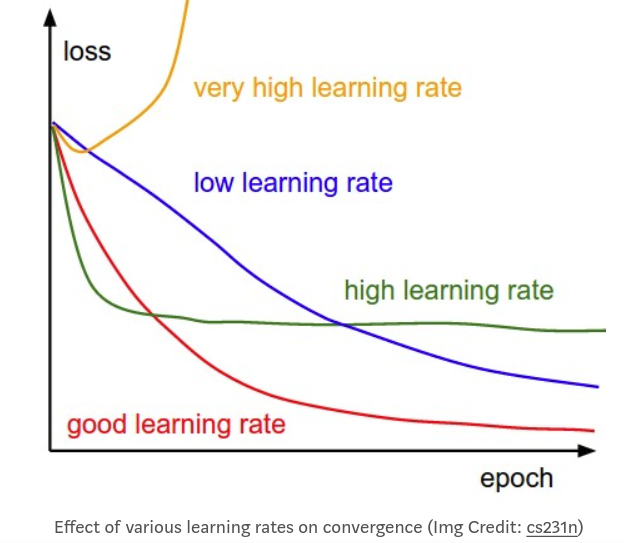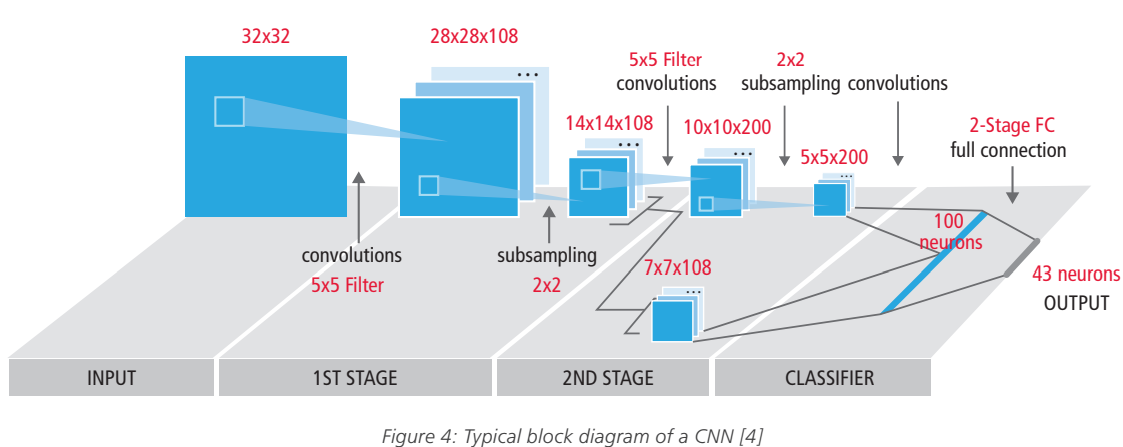On the other hand, convolution is most typically done with 3x3 windows and no stride (stride 1).
MATPLOTLIB
Matplot is a python library that help us to plot data. The easiest and basic plots are line, scatter and histogram plots.
- Line plot is better when x axis is time.
- Scatter is better when there is correlation between two variables
- Histogram is better when we need to see distribution of numerical data.
- Customization: Colors,labels,thickness of line, title, opacity, grid, figsize, ticks of axis and linestyle
How TensorBoard gets data from TensorFlow
The first step in using TensorBoard is acquiring data from your TensorFlow run. For this, you need summary ops. Summary ops are ops, like tf.matmul or tf.nn.relu, which means they take in tensors, produce tensors, and are evaluated from within a TensorFlow graph. However, summary ops have a twist: the Tensors they produce contain serialized protobufs, which are written to disk and sent to TensorBoard. To visualize the summary data in TensorBoard, you should evaluate the summary op, retrieve the result, and then write that result to disk using a summary.FileWriter.
learning rate
Learning rate is a hyper-parameter that controls how much we are adjusting the weights of our network with respect the loss gradient. The lower the value, the slower we travel along the downward slope. While this might be a good idea (using a low learning rate) in terms of making sure that we do not miss any local minima, it could also mean that we’ll be taking a long time to converge — especially if we get stuck on a plateau region The following formula shows the relationship.
new_weight = existing_weight — learning_rate * gradient
Typically learning rates are configured naively at random by the user. At best, the user would leverage on past experiences (or other types of learning material) to gain the intuition on what is the best value to use in setting learning rates.
As such, it’s often hard to get it right. The below diagram demonstrates the different scenarios one can fall into when configuring the learning rate

most common ways to prevent overfitting in neural networks
- Get more training data.
- Reduce the capacity of the network.
- Add weight regularization.
- Add dropout
activation function
A function that takes the input signal and generates an output signal, but takes into account some kind of threshold is called an activation function
CNN feature map

state of art AI
http://colah.github.io/posts/2014-07-Understanding-Convolutions/